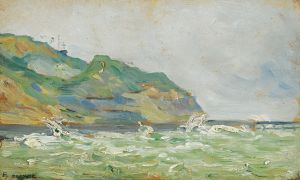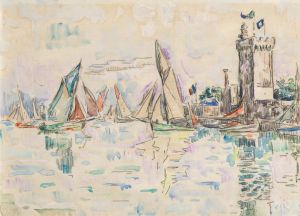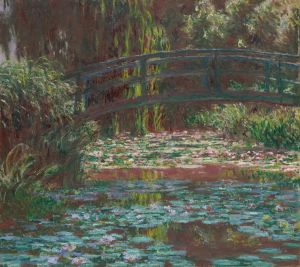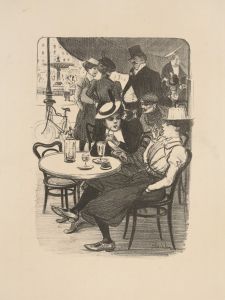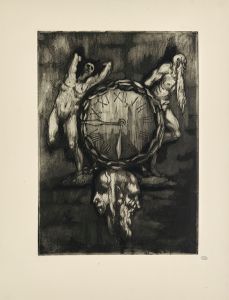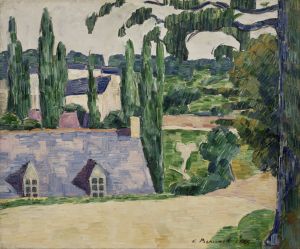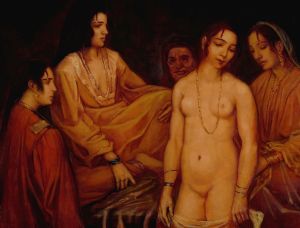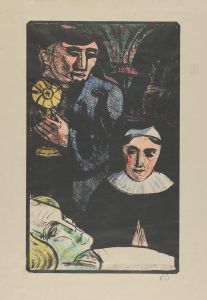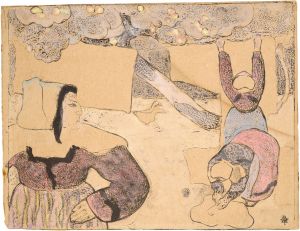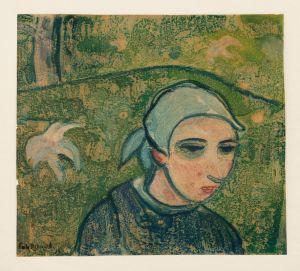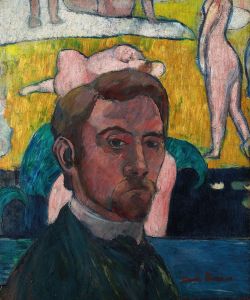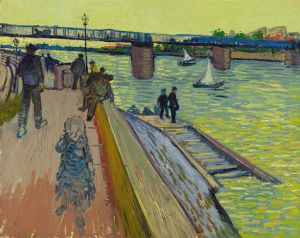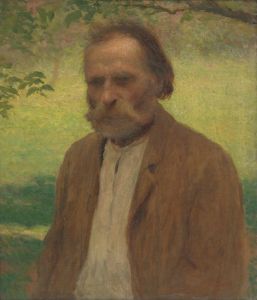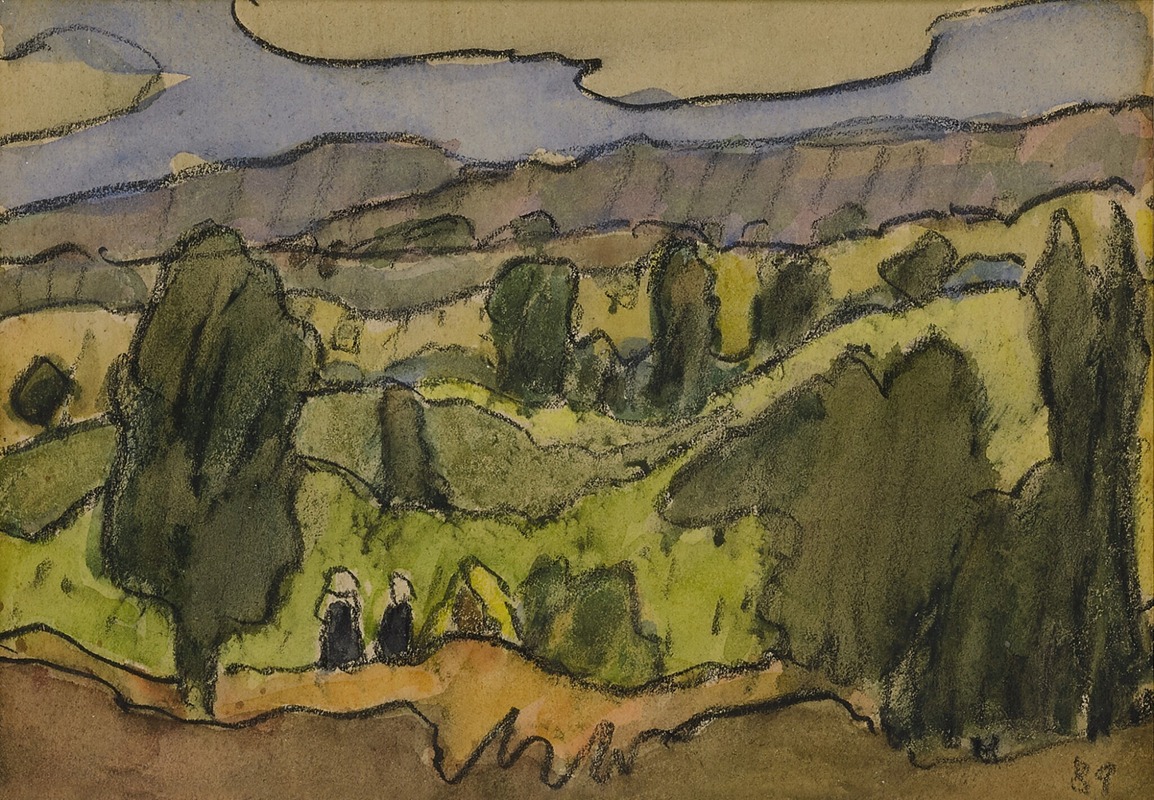
Paysage aux alentours de Pont Aven
A hand-painted replica of Emile Bernard’s masterpiece Paysage aux alentours de Pont Aven, meticulously crafted by professional artists to capture the true essence of the original. Each piece is created with museum-quality canvas and rare mineral pigments, carefully painted by experienced artists with delicate brushstrokes and rich, layered colors to perfectly recreate the texture of the original artwork. Unlike machine-printed reproductions, this hand-painted version brings the painting to life, infused with the artist’s emotions and skill in every stroke. Whether for personal collection or home decoration, it instantly elevates the artistic atmosphere of any space.
"Paysage aux alentours de Pont Aven" is a painting by the French artist Émile Bernard, a prominent figure in the Post-Impressionist movement. Bernard was known for his innovative approach to painting, which played a significant role in the development of modern art in the late 19th century. This particular work is an exemplary piece that showcases Bernard's unique style and his contributions to the art world.
Émile Bernard was born in Lille, France, in 1868 and later moved to Paris, where he studied at the École des Beaux-Arts. He became associated with the Pont-Aven School, a group of artists who gathered in the small village of Pont-Aven in Brittany, France. This group included notable artists such as Paul Gauguin and Paul Sérusier. Bernard's interactions with these artists were pivotal in the formation of the Synthetist style, which emphasized flat areas of color and bold outlines, moving away from the Impressionists' focus on light and naturalism.
"Paysage aux alentours de Pont Aven" is a reflection of Bernard's Synthetist approach. The painting depicts the landscape surrounding the village of Pont-Aven, capturing the rural beauty and simplicity of the Brittany region. Bernard's use of vibrant colors and simplified forms is evident in this work, as he sought to convey the essence of the landscape rather than a detailed, realistic representation. This approach was influenced by Bernard's interest in Japanese prints and medieval stained glass, both of which favored flat planes of color and strong outlines.
The painting is characterized by its bold use of color and the way Bernard simplifies the forms of nature. Trees, fields, and sky are rendered in broad, flat areas of color, with little concern for the traditional perspective or realistic detail. This technique was revolutionary at the time and contributed to the development of modern art movements such as Fauvism and Cubism. Bernard's work, including "Paysage aux alentours de Pont Aven," was instrumental in challenging the conventions of academic art and paving the way for future avant-garde movements.
Bernard's relationship with Paul Gauguin was particularly influential during this period. The two artists exchanged ideas and techniques, with Bernard's work often reflecting a synthesis of their shared artistic vision. However, their relationship was also marked by tension and rivalry, particularly over the authorship and development of the Synthetist style. Despite these conflicts, Bernard's contributions to the movement are undeniable, and his works continue to be studied and appreciated for their innovative qualities.
"Paysage aux alentours de Pont Aven" remains an important piece within Bernard's oeuvre and the broader context of Post-Impressionism. It exemplifies the shift towards abstraction and the exploration of color and form that defined much of the art produced during this period. Today, Bernard's work is celebrated for its boldness and originality, and "Paysage aux alentours de Pont Aven" is a testament to his enduring influence on the trajectory of modern art.





